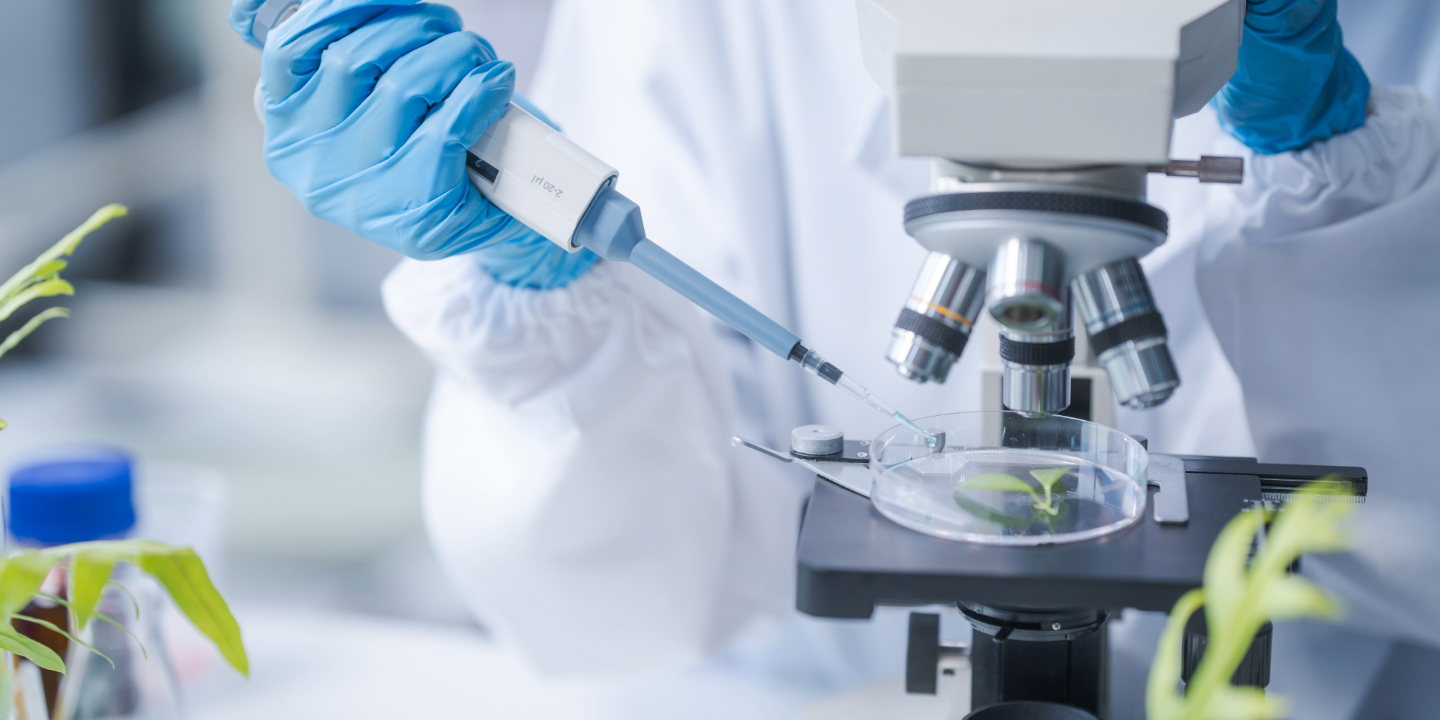This is a featured article from Stockhead's Investor Guide on Health and BioTech FY25. To read the full publication visit here.
Historically, the ASX healthcare sector has delivered strong performance for investors. The S&P/ASX 200 Health Care index outperformed the benchmark S&P/ASX 200 index in seven of the past 10 years, delivering a CAGR of 11.9% compared to 8.1%. As inflation rose, the ASX healthcare sector struggled, but come October 2023 signs of improving investor sentiment emerged.
Looking forward, the outlook feels very positive. Inflation has been sticky and interest rates higher for longer than forecast. However, as rates come down and economic conditions improve, money is expected to continue to flow into the stock market and the emerging healthcare space.
Strong backing for life sciences and biotech
The Australian life sciences ecosystem is worth more than $8 billion in annual revenue and is projected to grow at 3% annually from 2021-2026. Australia’s medical and biotechnology sector has benefited from a multimillion-dollar windfall of government funding and substantial tax breaks for companies investing in R&D. Globally, the sector is projected to be worth around US$3.44 trillion by 2030, and the Federal Government is ensuring Australia will well and truly be at the party.
Milestones and strong sales pushing some stocks higher
As of June 2024 there were 147 companies with a market capitalisation of $236 billion or more on the ASX, according to Bioshares. The top 10 health stocks represent 94% of the total and include blood products giant CSL (ASX:CSL), Cochlear (ASX:COH) and Resmed (ASX:RMD).
As macroeconomic and geopolitical factors continue to impact equity markets, companies hitting major milestones – such as receiving regulatory approval, achieving positive clinical results or securing material sales orders – are performing well.
Those in hot spaces, such as radiopharmaceuticals, are also performing strongly, while solid sales momentum, approaching profitability and leading-edge technologies also tend to move a share price higher.
The lucrative rare diseases market is also getting plenty of attention as investors come to understand the benefits of an orphan drug designation (ODD). In the US perks include increased access to the US FDA, new drug application fee waivers, a potentially faster route to market and seven additional years of exclusivity once a drug is approved.
In most cases, shares are being positively re-rated
After an extended period of under-performance, 2024 has seen several companies refresh management teams and boards or change or refocus strategy in an attempt to revitalise investor interest. In most cases shares are being positively re-rated.
On the M&A front, domestic and international activity has increased. Many larger pharmaceutical and medical device companies with strong post-Covid balance sheets are looking to bolster their portfolios, meaning M&A activity will likely continue throughout 2024.
AI emerging as a major healthcare theme
Artificial intelligence (AI) is also emerging as a theme for healthcare. The Albanese government is investing $30 million in improving access to health services and maintaining Australia’s world class health system.
Healthcare has historically lagged in technology adoption, but the healthcare system’s inherent constraints offer a compelling case for a significant role for AI in the sector’s future. Labour shortages and budgetary pressures are changing current practices, with software being introduced to optimise workflow, enhance scheduling, coordinate care and fortify data security. Also, drug development will likely benefit through shorter development times and improved patient selection, resulting in reduced costs and increasing the number of drugs in the pipeline.
Morgans clients receive exclusive insights such as access to the latest stock and sector coverage featured in the Month Ahead. Contact ustoday to begin your journey with Morgans.











